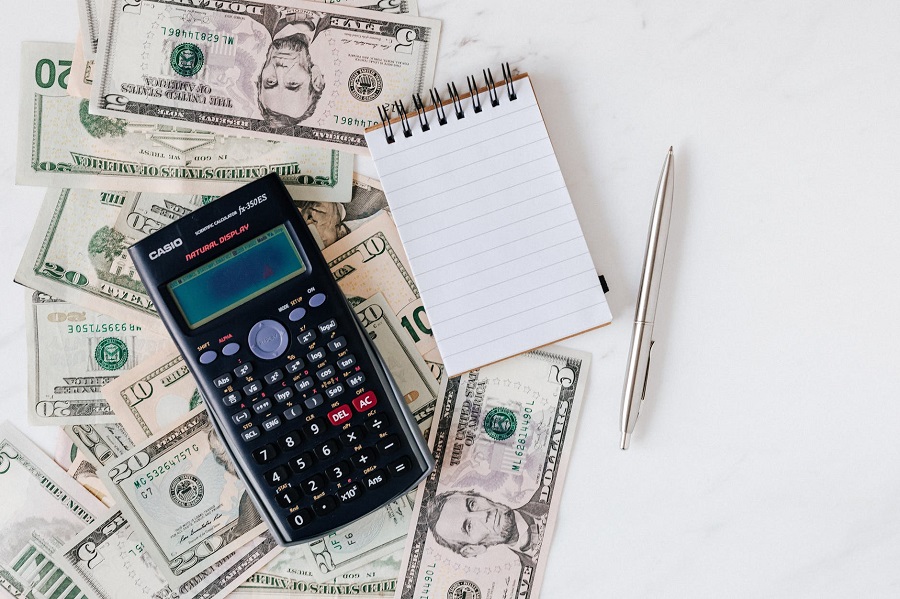Mobile Loans Are on the Rise in Africa: Here’s Why!

Mobile money has risen significantly in the last decade, especially in Sub-Saharan Africa. Kenya has been able to accelerate financial inclusion by introducing M-PESA, and nowadays, more citizens own a smartphone account than a conventional bank account. Despite the fact that mobile money adoption has been sluggish in certain nations, such as South Africa, it has reached nearly a third of the population who do not have links to conventional financial institutions. Take a look here for the best loan apps in Kenya.
Mobile money transfers have evolved so rapidly in Somalia that they have exceeded cash transactions. In reality, according to the World Bank, more than 70% of Somalis used mobile payments in the previous month. Nonetheless, cash payments appear to predominate in the area.
How will financial companies profit from mobile money adoption?
When it comes to mobile currency, the banking industry has a very specific and lucrative market. The question in this equation is not the need for financial institutions to embrace mobile money, but rather how they can do so. How will they implement this technology into their current goods and services? The approach is to build novel relationship models.
Mobile money providers and agents depend on banks to complete mobile operations such as deposits, which enhances the institutions’ capacity to invest and benefit from the interest associated with such loans. This is especially important in African countries where deposits are a big barrier for organizations.
The banking industry must find new ways to collaborate with agents and mobile technology providers to build interoperable mobile money networks, which should not be difficult given their reach, data connectivity, and financing.
There is an increasing perception that mobile money should not clash with banks, but rather complements them. And, despite its difficulties, financial firms have the ability to adapt and exploit it to their advantage, while still helping the rest of the country.

Mobile money has the potential to increase financial stability
An increasing body of research is emerging with a clear finding: when households have access to mobile capital, they are better prepared to adapt to unexpected difficulties. If an unpredictable negative occurrence happens, such as a flood or a child being sick, households with mobile money may depend on the simple and inexpensive transfer of money from relatives and friends that live far away.
A research in Kenya that used a difference-in-difference methodology found that mobile money can have a significant effect on a household’s resilience. Households who had access to M-PESA (Kenya’s mobile money platform) during a negative incident, such as sudden bad weather or sickness in the household, were better prepared to adapt and did not have to cut their expenditure on food and related products as a result. This is because mobile money facilitates risk-sharing within the society or relatives, regardless of venue, thus reinforcing these informal insurance networks.
Researchers looked at the impact of a health shock in a similar study that also used a difference-in-difference approach and discovered that households that used M-PESA were willing to invest more in health-related expenditures when keeping up with other household payments. Households who did not use M-PESA paid for their health-care costs by reducing down non-food spendings, such as excluding their children from kindergarten. Similar findings were obtained in other settings using randomized control trials in Mozambique, Uganda, Tanzania, and Bangladesh, where difference-in-difference and instrumental variable estimating methods were used, respectively.
Mobile money will help households save more money
Mobile money may also assist with financial resilience since it makes investing easier. In Kenya, women’s mobile money accounts were used to conveniently (and securely) distribute and mark savings funds. The researchers discovered that marking an account, such as urging women to use the account for emergency costs and insurance, as well as a one-on-one activity eliciting savings targets and weekly SMS updates on the savings goals, improved the amount saved significantly. This amount collected assisted women in reacting to unplanned costs and making them less dependent on traditional networks for assistance.
In Kenya, researchers used instrumental variables to discover that households who used mobile money saved more. Households with mobile money accounts were 16–22% more likely to invest, and their total household savings rose by 15–21%, equating to US$2.7–US$3.7 per month.
Transparency and formalization are aided by mobile currency
Mobile money electronically tracks all purchases, and increases payment protection and accountability, with possibly far-reaching economic implications. Greater disclosure of revenues, sales, and remittances have the ability to dramatically increase tax collection. A mature mobile money framework could also promote economic formalization by incorporating informal sector users into formal banking and insurance, as well as allowing for stronger ties to the government through social security schemes, tax collection, and other government programs.